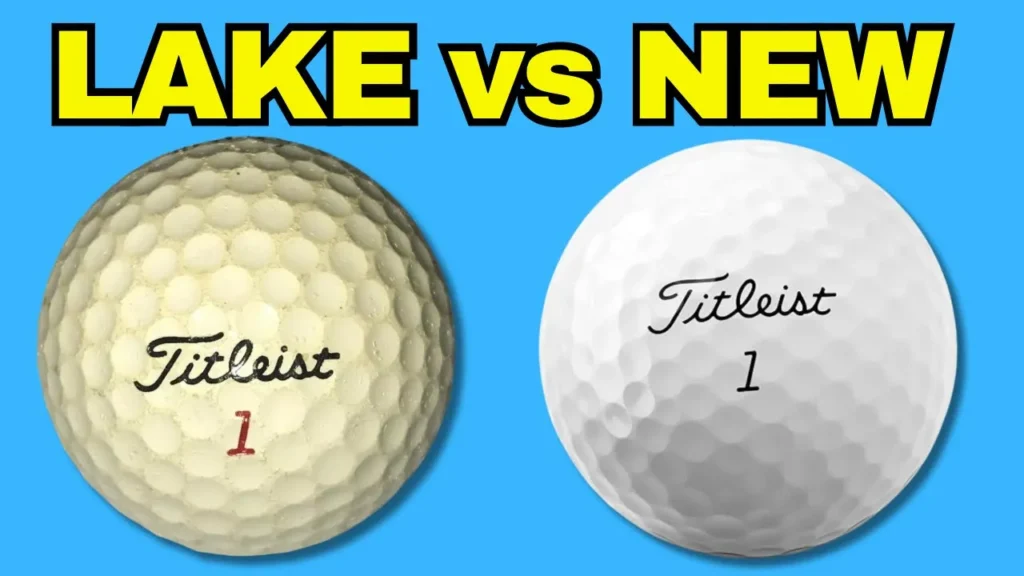What Are Wedges Used For In Golf?
Golf wedges can be a complex part of the game to understand if you are a newer golfer, some have names such as pitching wedge, but some have just numbers like 50 degrees etc. Well don’t worry, in this article we will try to explain everything we can about wedges and which ones you will need in your bag. There are four main classes of wedge, and each has its own strengths and abilities. I’ve detailed these below but firstly let me explain a little more about wedges and how they are different.
The different types of golf wedges that exist might look very similar in their features and technology, but they are not. Understanding the different types and specifications of a golf wedge is vital to get the most out of your game.

Wedges The Complete Guide
The four main classes of wedge are the Pitching Wedge, Gap Wedge, Sand Wedge and Lob Wedge.
The key to choosing the best golf wedge for beginners is to ensure that there is no large gap between the loft of each club.
What Is A Pitching Wedge?
Abbreviated as PW, the modern pitching wedge hits the ball the farthest of the different types of wedge. The pitching wedge has a lower loft angle between 46 to 48 degrees. The low loft of the pitching wedge makes the ball fly a bit lower in the air and roll farther when it lands on the green. In other words, Golfers use this wedge to hit a long-distance shot. A pitching wedge is considered indispensable, and it is meant to be carried around always. The Pitching wedge is generally used from the fairway or the rough to approach the green from distances of approximately 100-120 yards. As with other types of wedge club this can also be used effectively to chip up onto the green from shorter distances and allow the ball to roll after landing in a chip and run style shot.
What Is A Gap Wedge?
This is the best golf wedge to use when trying to bring your ball closer to the flag for high performance and reliability. This club was created to bridge the loft gap between pitching wedge and sand wedge, which can have up to 10 degrees in difference. These gap wedge clubs are generally 50-52 degrees and allow skilled players to be able to effectively find the right club to get as close to the flag from between 100-80 yards. The popularity of this club is the way that it has bridged the gap between the pitching wedge and the sand wedge. It has been designed to be able to be used in the sand but also being well designed enough to easily hit from the fairway.
What Is A Sand Wedge?
The sand wedge, as the name might suggest, is designed to be used in bunkers. The sand wedge is used to easily exit bunkers. It is the widest of all the golf wedges. It offers the best club shape to allow the head to pass through the sand smoothly and avoid digging. The sand wedge can also be especially useful in hard, moist, soft long grass, and is also used effectively on loose ground or wood chips. It has a higher club loft, averaging 56 degrees and has a high bounce angle meaning this is perfect for bunker shots, but not great from a flat bare lie.
What Is A Lob Wedge?
The lob wedge was made famous by ‘Flop Master’ Phil Mickelson. The lob wedge lifts the ball with a loft of 60 degrees. These tactical shots are great when you must land the ball on an elevated green with risks on all sides, and you just need to land it softly with little or no roll. This club is ideal in situations where you have a limited landing area. Mickelson performs an amazing trick shot by placing someone a few yards in front of him, before hitting a full lob wedge flop shot and making the ball loop straight up in the air and over the top of the person’s head before safely landing behind them on the ground. Shot making at its best.
This club became popular in the early 1980’s by Tom Kite it was in response to more difficult green designs which made landing the ball on the green more difficult. These clubs can also be hit from approximately 70-80 yards distance but are far more effective in and around the green.
Ping, owned by Karsten Manufacturing was the first manufacturer to mass produce the 60 degree wedge, named the L-Wedge, you can see an image of this below.

This club was used by upcoming professional golfers in the mid 80’s such as Phil Mickelson. It was noted by Guy Yocom in Golf Digest that he has seen 2 Ping L wedges in Mickelson’s golf bag which had been completely worn through many hours of practice. I guess that’s what it takes to be as good as Phil!
There are clubs which have been produced which have even more loft than the lob wedge, some named the ‘ultra-lob wedge’, or the ‘flop wedge’, these marketing stunts have loft in the region of 70 degrees. There seems to be little use for these when you can effectively open the lob wedge if necessary and many have dismissed these are gimmicks.
This YouTube video below is a great summary about golf wedges:
Conclusion
What do you have in your bag, are you now considering getting any other types of golf wedge? Let us know in the comments below.
So you’ve now read in this golf guide for what wedges are in Golf. Hopefully it will help your game. Now you need to decide which ones are the best ones for you. As you start playing more regularly you’ll probably need to think about golf insurance just in case you have any off line shots towards someone’s house…check out the article here.
Also, why not check out our guides on the best putters, wedges, irons and drivers to help you make the decision to see which clubs are going to transform you into the next Tiger Woods! You could also check out our guide on the best golf bags our guide to golf gloves golf balls and the top guide to golf accessories.



